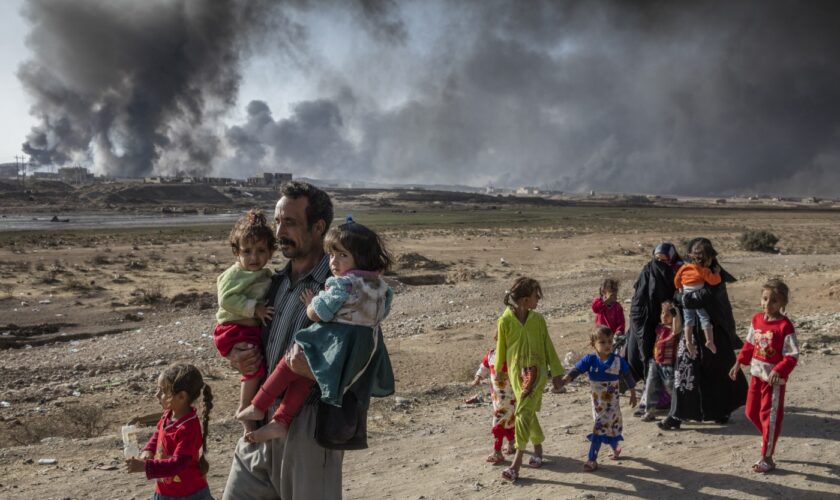Abuse or domestic violence is a punishable offense. Abuse can take any form, like physical, emotional, and mental abuse. Violence in any form is wrong and a crime. If you are in an abusive relationship, do not keep quiet and endure the pain. You must find ways to get out of the relationship for your mental and physical well-being. If you have children, then raising them in an abusive environment will be detrimental for them as they will grow up thinking it is normal, and the cycle will continue. If you are in need of help a Sandy domestic violence lawyer will help you.
Call law enforcement agency: Call the police or county sheriff for help. When the police arrive at the scene, show them all the evidence like broken items, torn clothing, bruises on the body, etc. Take the name and number of the police officer so that they can act as a witness in your domestic abuse case. The police will take pictures of your injuries and bruises and conduct an investigation. The police immediately arrest the abuser if there is strong evidence against him/her.
Press charges against the abuser: If you suffer from abuse and agree to remain silent, the abuser will be encouraged to think that they can hurt you and get away with it. If suffering from abuse, press criminal charges and use your civil remedies to punish the abuser. If you do not press charges against the abuser soon, then the police will not be able to protect you in the future.
Go to the prosecuting authority: If you are planning to file a criminal case against your abuser, then you can take the help of a law enforcement agency to meet the prosecutor. The prosecutor will evaluate the police report and gather the necessary evidence to prove the defendant guilty when the case goes to trial.
Consult a lawyer: In case of domestic abuse, hire a lawyer immediately. A lawyer will ensure all your rights are protected and you get a fair trial. They will carry out investigations to ensure all the evidence is gathered so that when the case goes to court, the abuser will get jail time and penalties.
Ending note
Abuse normally starts as a misdemeanor and, in the future, leads to battery or felony. If it is a misdemeanor, the abuser will face jail for up to one year. If it is a felony, the punishment can be for a year or more, depending on the severity of the incident. Do not sit back and endure abuse.

